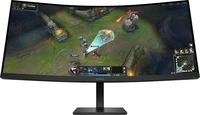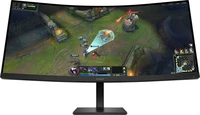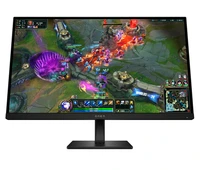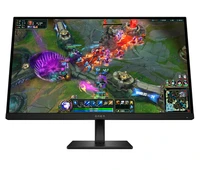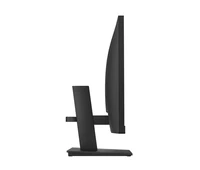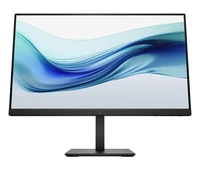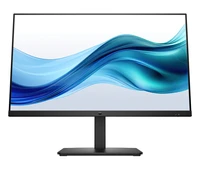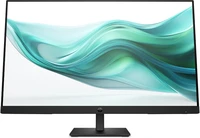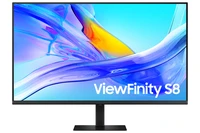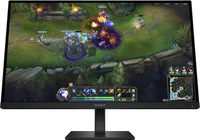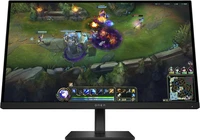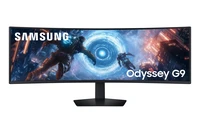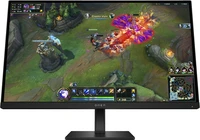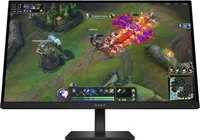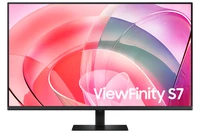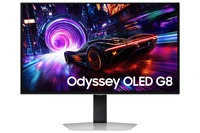Monitors with DisplayPort
6275 PC screens with DisplayPort connection
What is DisplayPort?
DisplayPort is a type of digital connection for standard displays developed by the Video Electronics Standards Association (VESA).
Unlike HDMI, DisplayPort is free of licenses and royalties and copy protection is optional.
DisplayPort was designed to replace VGA, FPD-Link, and DVI connections, and is backward compatible with other technologies such as HDMI and DVI through the use of adapters.
It allows transporting video, audio and data or only video or independent audio and has an auxiliary channel to control the device from the source.
There are different versions of DisplayPort cables and connectors, however, they are all compatible with each other. However, to take advantage of all the features of each version, it is necessary to use the cable corresponding to that version.
There is a Mini DisplayPort connector developed by Apple for use in its computers, in 2009 VESA incorporated it as an official standard.
The most recent version of DisplayPort is 2.1 announced on October 17, 2022. This version incorporates the certifications of the new DP40 and DP80 cables that allow operation with UHBR10 (Ultra-High Bit Rate) at 40 Gbit/s and UHBR20 at 80Gbit/s. In addition, integration with USB4 is incorporated.
Are Thunderbolt and Mini DisplayPort the same thing?
Thunderbolt and Mini DisplayPort cables and connectors may have the same shape but they are not the same, however on an Apple device with a Thunderbolt connector you can connect a Mini DisplayPort cable for video output using a Mini DisplayPort cable. They are differentiated by the lightning bolt symbol that appears on the cable and the computer port in the case of Thunderbolt.
